Home-made removable insulated panels for basement walls?
alexander3_gw
17 years ago
Featured Answer
Comments (9)
fnmroberts
17 years agoalexander3_gw
17 years agoRelated Discussions
Basement with half wall--insulation questions
Comments (19)Thanks for all your suggestions. I think this is what I'm going to do: 1) 2" XPE in stud bays of exterior wall and joist band. 1.1) R13 to fill the remaining space in the exterior stud bays and joist band. 2) 2" XPE on all concrete walls 3) expanding foam along all edges and cracks. The housewrap isn't doing a very good job of preventing air infiltration on this wall right now. 4 option A) 2x4 wall only half-way up, leave a ledge, and insulate with R13 (3 1/2") fiberglass bat in exterior stud bays (upper) and 2x4 interior (lower) wall. 4 option B) 2x4 wall straight up, R13 in interior wall, blow-in cellulose for the big void between interior and exterior walls. Retain cellulose with netting or block it in with additional XPE. 5) I also plan to insulate the space between the floor joists with batt insulation. DickRNH--you mention putting in a vapor barrier from the top of the 2x4 wall to the top of the exterior 2x6 wall. Can you help me understand which direction it is intended to block water vapor? worthy--funny you should mention leaks from foundation cracks. I was in the basement yesterday and noticed a draft coming through the *concrete*. Upon closer inspection, I noticed a (thankfully just a shrinkage) crack in the foundation wall, with air blowing through it. And it has allowed water through in the past, as I found a small spot of mold on the concrete near the floor. I'll be fixing that before making any more progress on the insulation, methinks :) I think by the time I'm done I'll be able to write a book about all the things that were wrong in this basement....See MoreForced to remove Sheetrock on all exterior wall to insulate?
Comments (21)Thank you Daisy and Cleo. I tried to google “forced to bring insulation up to code” and nothing shows up. I can’t find one person on a forum that says that the building department forced them to tear down wall and insulate. I would think if this would have happened to someone, she/he would have posted somewhere... I read a lot of stories about people going broke to meet requirements from the town but not from insulation. I think the only way to know for sure is to call the building department. A lot of people told me to say as little as possible to inspectors in general but I know the one from my town is highly respected as someone that is fair, reasonable and very helpful. I am the only French person living in the town so even on the phone my identity is pretty obvious right away because of my accent. I will definitely keep you posted. Thank you again for sharing your knowledge and for the support....See MoreSeeking advice for insulation in a daylight basement wall
Comments (4)The building industry for some time now in basements has been engaged in a haphazard "cross your fingers" approach to trying to insulate without creating mold/moisture/etc problems by using vapor barriers, liquid membranes, sealants, etc. It turns out it was mostly for naught. The research shows the best insulation configuration is to just simply let the dang vapor go where it wants. No plastic, no vapor barrier, nothing is best when it comes to the insulation, even in cold climates. Rock wool is actually a good product for basements, I'd leave it, but I'd peel that vapor barrier off. Then I'd get some mildew resistant sheet rock(the green stuff) and drywall over it. The green sheet rock is not in any way moisture or mold invincible, but it is slightly better than normal sheet rock. Make sure to keep the sheet rock up off your slab and 1/2" or so away from that corner you talked about. Also, in the corner, if that is an untreated stud, I'd pull it and put a new ground contact rated treated stud. They "technically" are not approved for inside use but you don't want untreated wood up against your foundation. You can seal between the new stud and the foundation with caned foam and put a piece of synthetic trim like PVC or whatever you want in to cover the gap between the drywall and stone....See MoreNeed definitive guidance on how to insulate exterior basement wall wit
Comments (20)Foam against the wall, whether it's rigid or sprayed, is the the most effective system. Here's how Building Science Corp. advises doing an interior drain. Many drainage companies use this method. This way, interior insulation can be taken directly to the floor. Glued, but not nailed/screwed. For a basement with a system that requires a gap, the best you can do is try to prevent the damage of the convection loop with moisture resistant insulation at the top--rim joists and floor members. The convection loop problem was only fully realized in this century. Before then, in fact, it was often advised that half-height basement insulation was fine, as it was the above-grade portion of the basement wall that needed to be upgraded. It's hard to picture your situation in the abstract....See Morefnmroberts
17 years agoalexander3_gw
17 years agoalexander3_gw
17 years agoreyesuela
17 years agowestsidewade
15 years agoappledude
last year
Related Stories
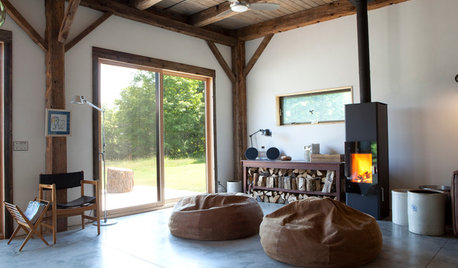
GREEN BUILDINGInsulation Basics: Heat, R-Value and the Building Envelope
Learn how heat moves through a home and the materials that can stop it, to make sure your insulation is as effective as you think
Full Story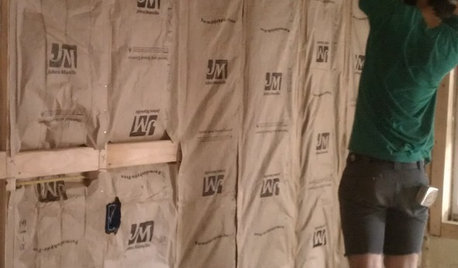
REMODELING GUIDESCool Your House (and Costs) With the Right Insulation
Insulation offers one of the best paybacks on your investment in your house. Here are some types to discuss with your contractor
Full Story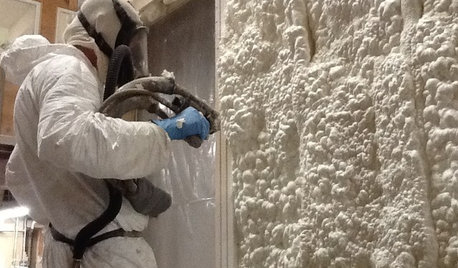
MATERIALSInsulation Basics: What to Know About Spray Foam
Learn what exactly spray foam is, the pros and cons of using it and why you shouldn’t mess around with installation
Full Story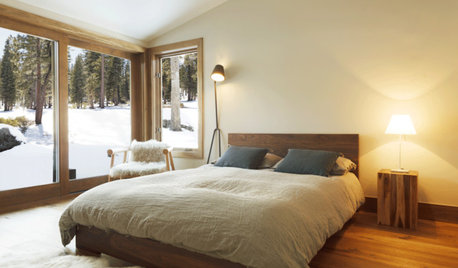
WINDOW TREATMENTSEasy Green: 9 Low-Cost Ways to Insulate Windows and Doors
Block drafts to boost both warmth and energy savings with these inexpensive but effective insulating strategies
Full Story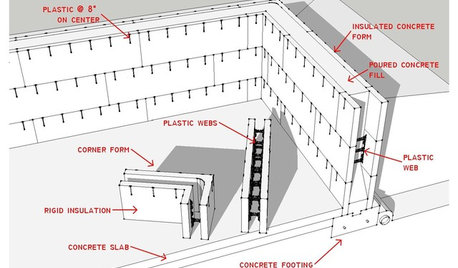
KNOW YOUR HOUSEKnow Your House: The Basics of Insulated Concrete Form Construction
Get peace and quiet inside and energy efficiency all around with this heavy-duty alternative to wood-frame construction
Full Story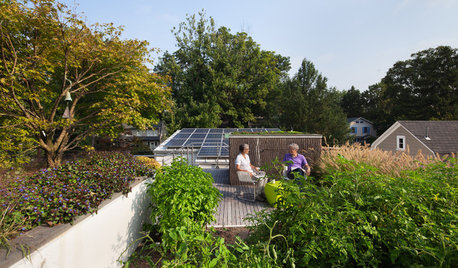
GREEN BUILDINGHouzz Tour: An Innovative Home Shows What It’s Made Of
Homeowners design their Washington, D.C., residence with sustainability in mind and to accommodate them as they get older
Full Story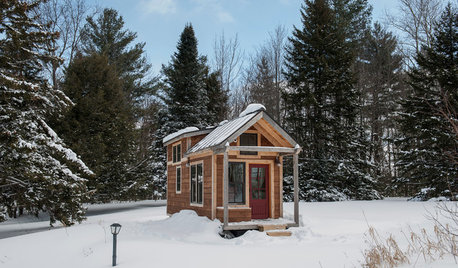
TINY HOUSESHouzz Tour: A Custom-Made Tiny House for Skiing and Hiking
Ethan Waldman quit his job, left his large house and spent $42,000 to build a 200-square-foot home that costs him $100 a month to live in
Full Story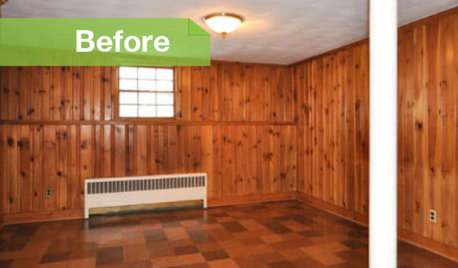
PAINTINGKnotty to Nice: Painted Wood Paneling Lightens a Room's Look
Children ran from the scary dark walls in this spare room, but white paint and new flooring put fears and style travesties to rest
Full Story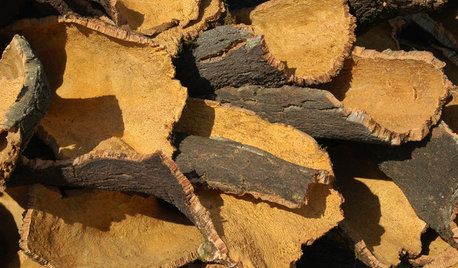
GREEN BUILDINGInsulation Basics: Natural and Recycled Materials
Consider sheep’s wool, denim, cork, cellulose and more for an ecofriendly insulation choice
Full Story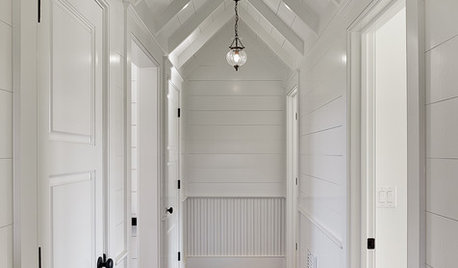
REMODELING GUIDESTongue and Groove Wall Paneling Joins the Comeback Club
Try this smooth architectural move to give your walls a streamlined appearance that conveys quality
Full Story




threedoghouse